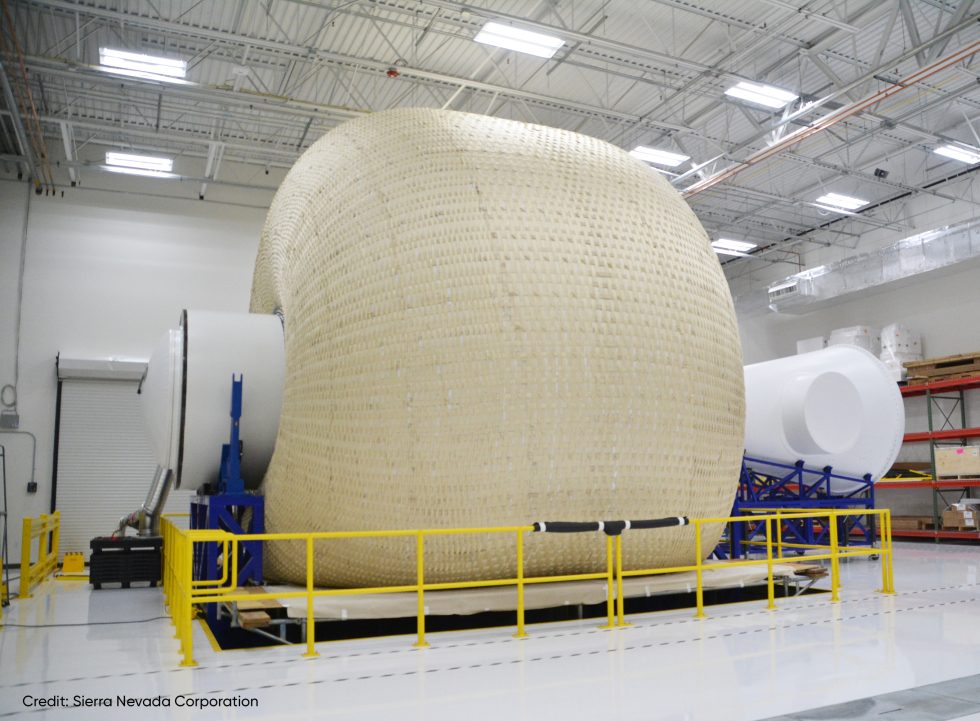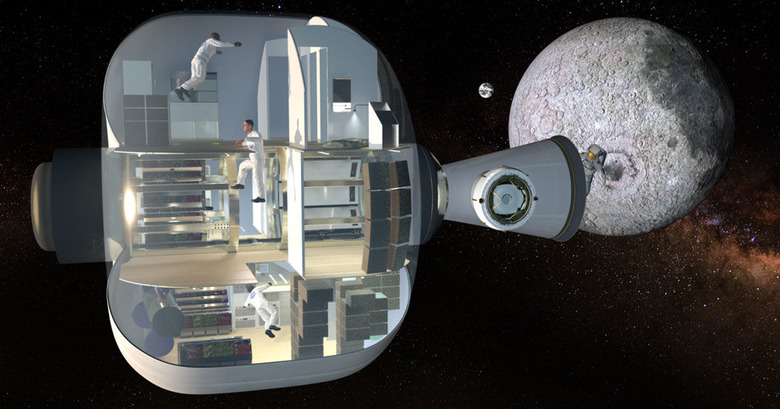This Inflatable Space Habitat Was Built For Comfort, And Could Travel To Mars
Humans are headed back to the Moon and, eventually, Mars, and for space-faring astronauts, luxury is often the last thing on their mind. Still, orbiting the Moon or making a long trip to another world like Mars means dealing with cramped quarters for months on end.
Being confined to a tiny space for an extended period of time isn't ideal for any human, and scientists are no exception. With that in mind, NASA has been exploring potential space habitats that could serve as a more comfortable home for travelers who will be enduring extended stays in space. One such habitat from the Sierra Nevada Corporation has just reached a big milestone.
The would-be spacecraft consists of a rigid frame with a massive inflatable module that would be expanded once it reaches space. Once filled with air, the module could provide roomy space for astronauts to stretch their legs while traveling to other worlds.

As Ars Technica explains, the habitat's inflatable nature makes it light enough that it could be compressed and launched to the Moon using existing rocket hardware, such as SpaceX's Falcon Heavy. Weight savings are a big deal when you're talking about rockets, and the habitat could be made in different sizes to suit the needs of each specific mission.
However, as cool as it looks, it's still little more than a concept. NASA signed off on its construction back in 2016 when it awarded contracts to companies that wanted to build habitats compatible with its upcoming Lunar Gateway space station which will eventually orbit the Moon. The idea being that astronauts could stay near the Moon for extended periods of time, and perhaps even travel back and forth to the surface as required.
There's still some time before NASA is ready to launch humans back to the Moon, and even longer before crewed missions to Mars are a possibility, so we'll have to wait and see what direction NASA takes when it comes to astronaut living quarters.
